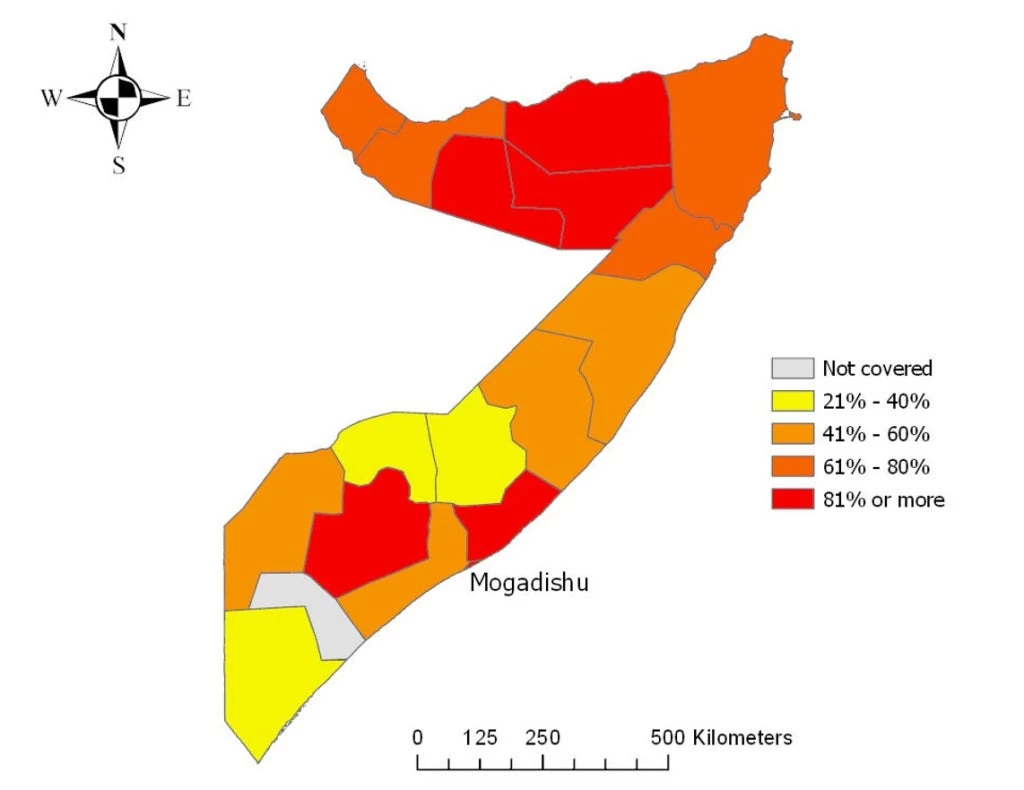 The transport sector, particularly in developing countries, plays a critical role in global energy consumption and greenhouse gas emissions reduction strategies – not only because transport sector emissions comprise nearly a quarter of global emissions today, but also because without pre-emptive action in developing countries, transport sector emissions may increase particularly rapidly, and the costs of future retroactive mitigation activities may be prohibitive.
The transport sector, particularly in developing countries, plays a critical role in global energy consumption and greenhouse gas emissions reduction strategies – not only because transport sector emissions comprise nearly a quarter of global emissions today, but also because without pre-emptive action in developing countries, transport sector emissions may increase particularly rapidly, and the costs of future retroactive mitigation activities may be prohibitive.
To illustrate, take a look at the following chart, which compares country transport sector energy consumption against GDP per capita (see data sources, below). The size of the country “bubbles” represents population.
As countries become wealthier, there are roughly three transport sector energy consumption trajectories associated with the relationships presented in the figure:
- A general exponential trajectory, where wealthier countries with large land masses and dispersed populations fall at the very high end;
- A fairly sharp, straight-line trajectory for heavy oil-producing countries, such as Saudi Arabia and the UAE; and
- A small tangential straight-line trajectory that extends through states with closely-knit populations.
In 2006, about 85% of the world population lived in countries that fell below US$15,000 (2000$ PPP) GDP per capita, where most of the countries presented in the figure are concentrated. As these countries continue to develop (moving further to the right), we must ask, what is the most likely trajectory they would follow without significant intervention?
As these countries develop, the impacts on global energy consumption and greenhouse gas emissions could be substantial. For example, suppose the 30 countries that had GDPs per capita in 2006 between US$3,000 and US$7,000 (2000$) emitted the same tons per capita as countries that fall between US$10,000 and US$15,000 (on average). In this case, without any change in population, the net impact on transport sector emissions would be an additional 5 billion tons per year – this is equal to about 5 times all global maritime shipping emissions, or 100 times transport sector emissions from Egypt.

The potential impact of growth in this sector is colossal – and unless preventative actions are taken today in the developing world, inevitable.
In comparison with other energy-intensive sectors, transport sector improvements are very resource and time intensive, and once in place, are very difficult to “undo.” To illustrate, once road, rail, and water networks are established and entire communities and local economies grow in synergy around them (e.g., US suburban sprawl that is dependent on its highway system), retro-actively re-planning employment and population centers, fueling infrastructure, and modes of travel can be a tremendous undertaking, which would face significant financial and political hurdles.
So, unless developing countries make investments today that would curb their long term transport sector emissions growth, it is unlikely that they would follow an emissions trajectory much different than those exhibited by wealthier countries. And because 85% of the world’s population is only just beginning this climb, today’s non-action could have significant energy and climate change impacts in the years to come.
Chart Data Sources:
International Energy Administration. 2008. "IEA World Energy Statistics and Balances" ISSN 1683-4240
International Panel on Climate Change. 2006. "2006 IPCC Guidelines for National Greenhouse Gas Inventories." http://www.ipcc-ggip.iges.or.jp/public/2006gl/index.html



Join the Conversation